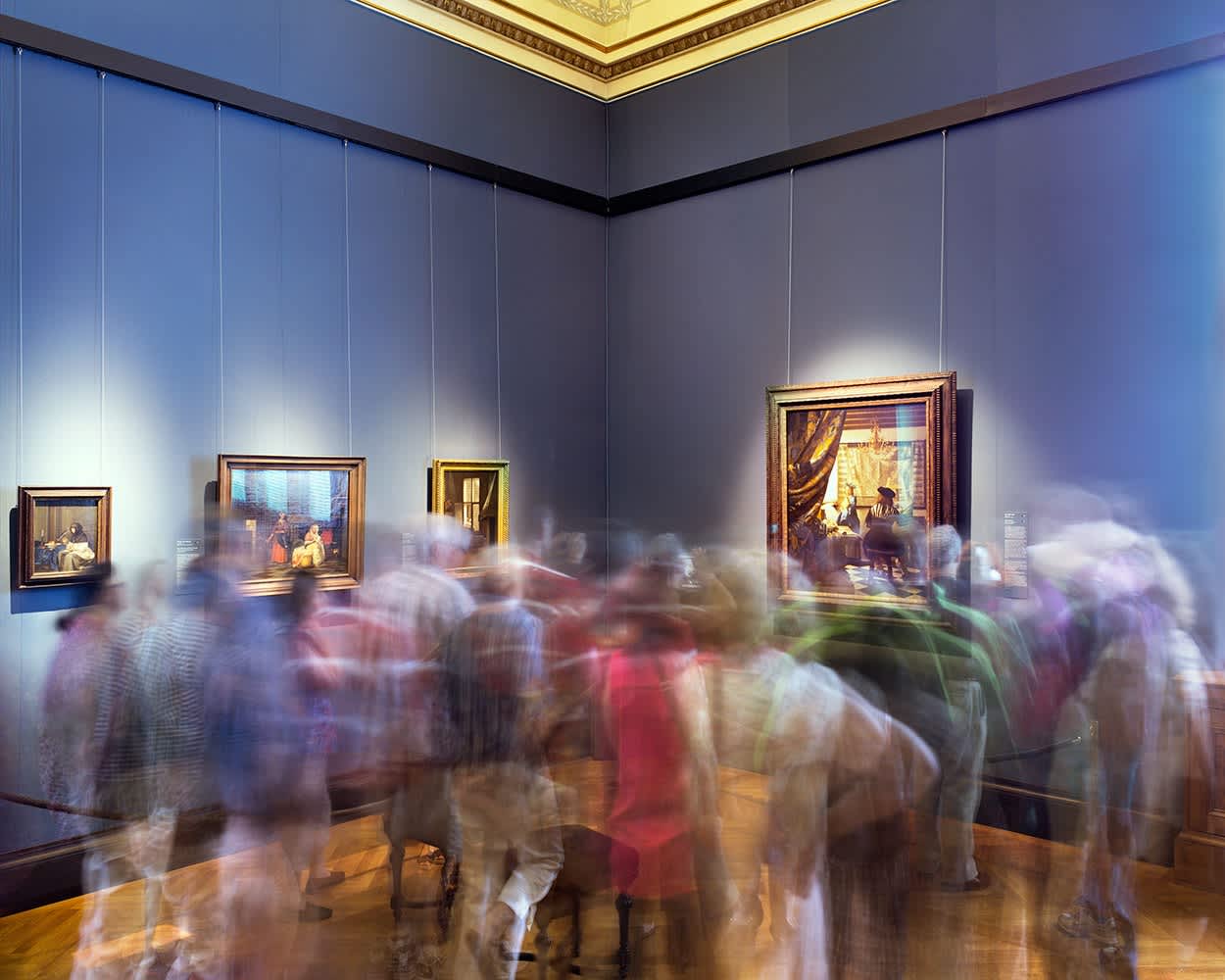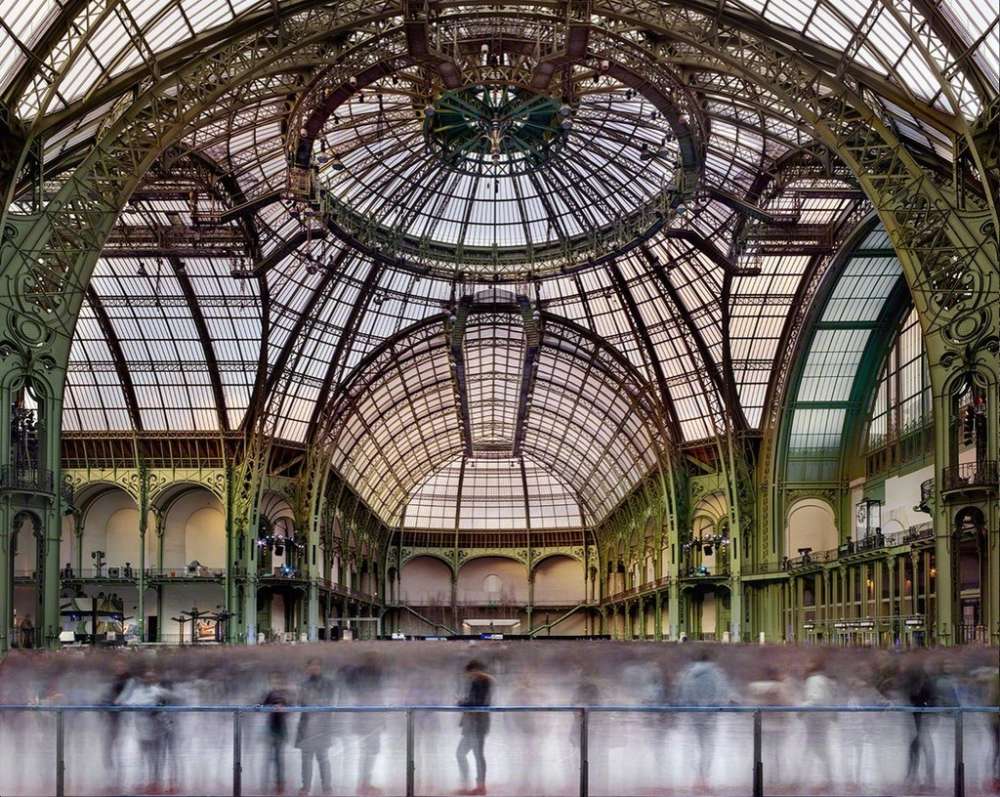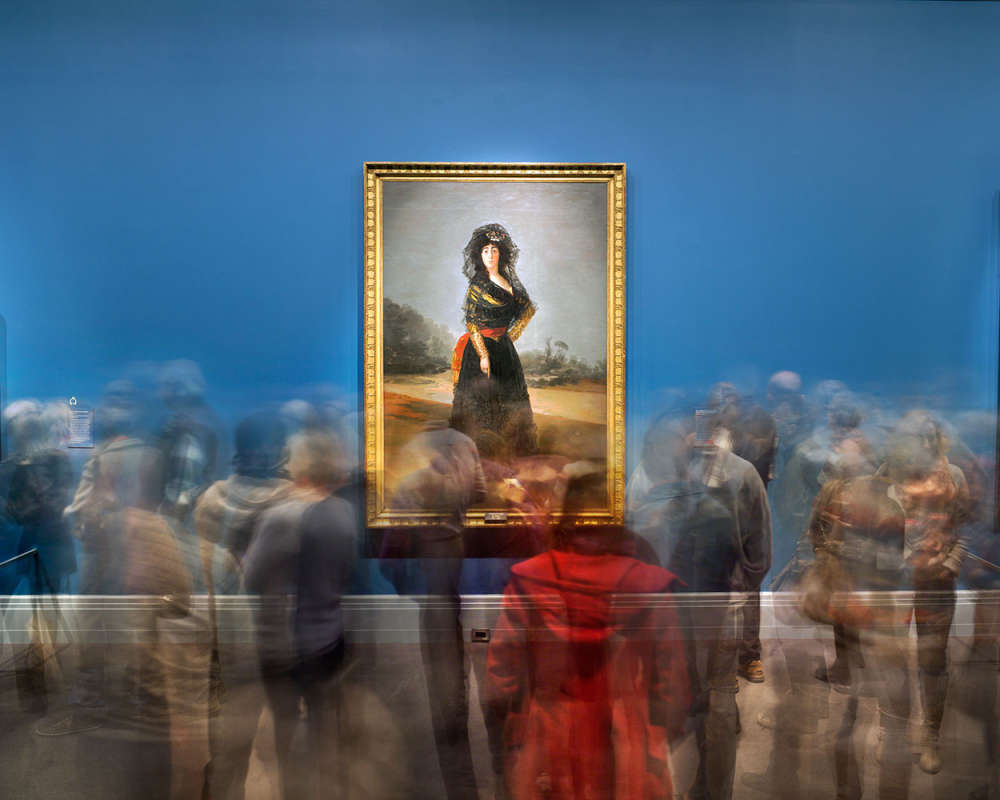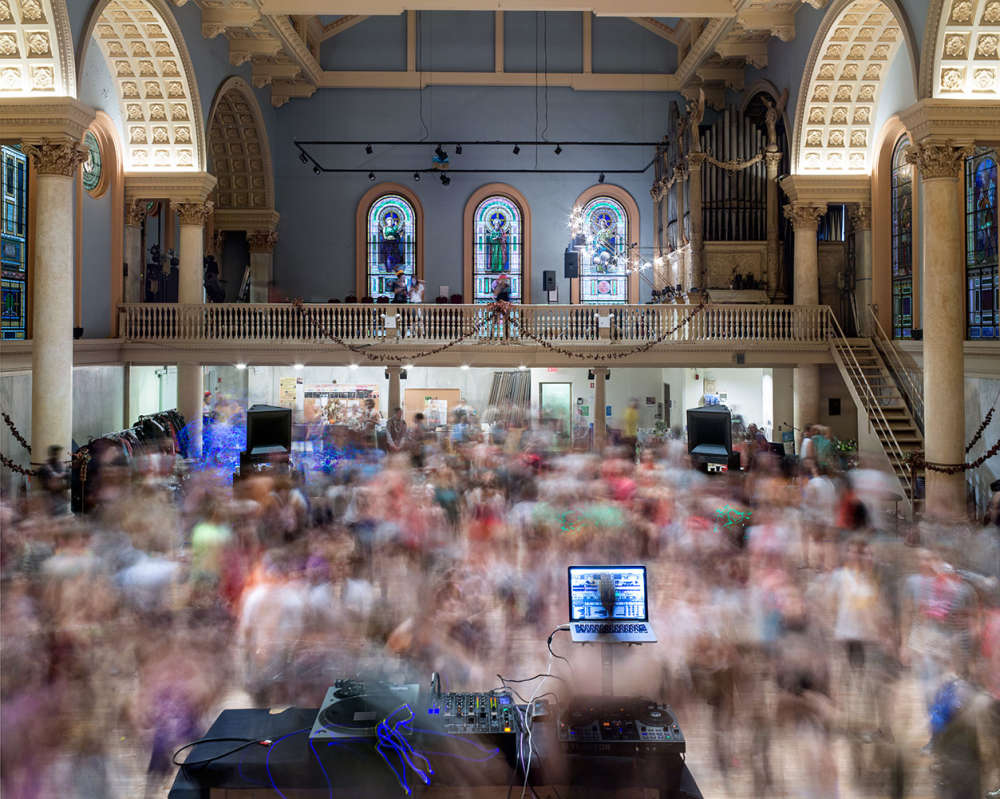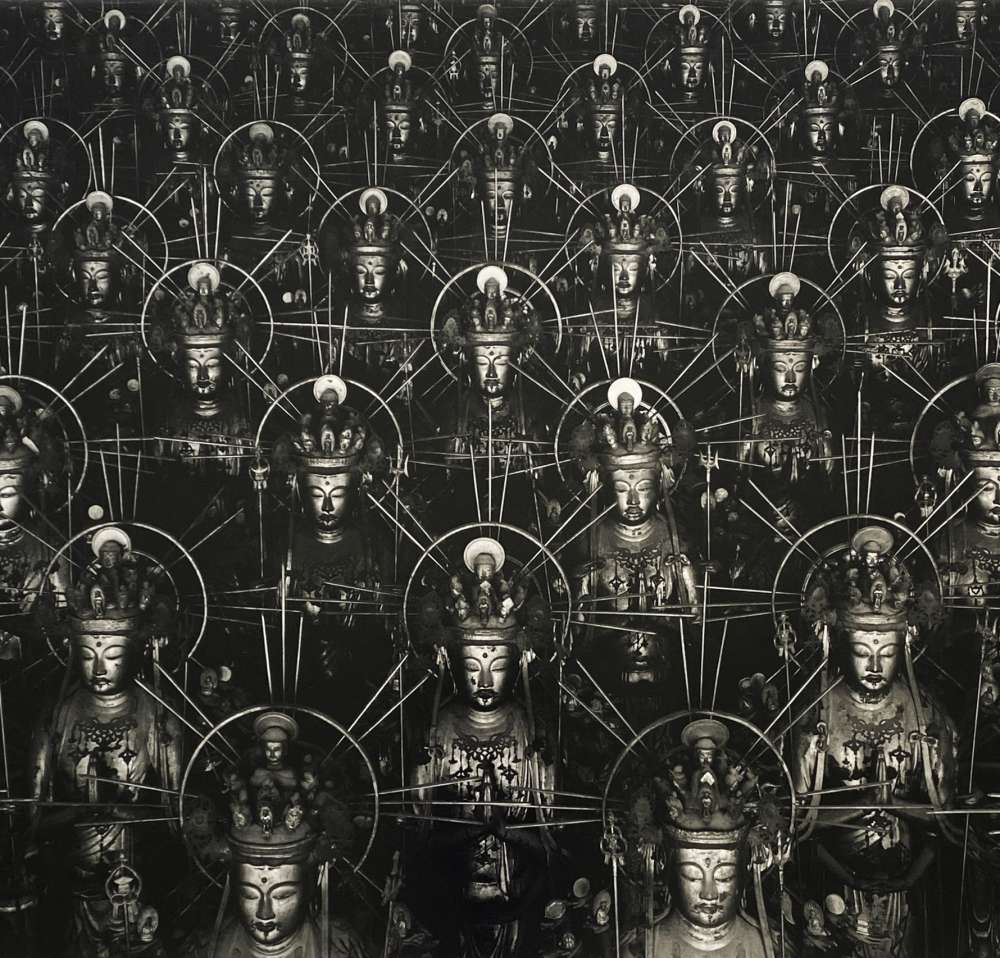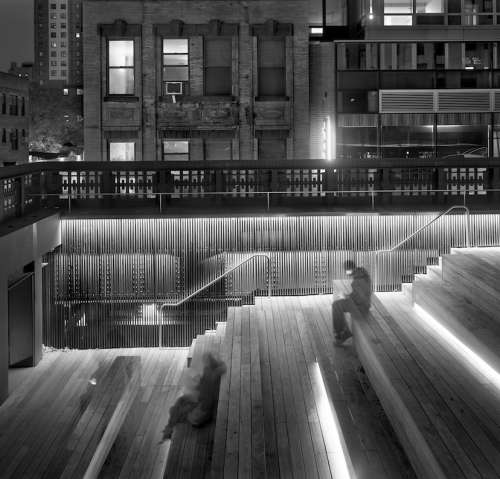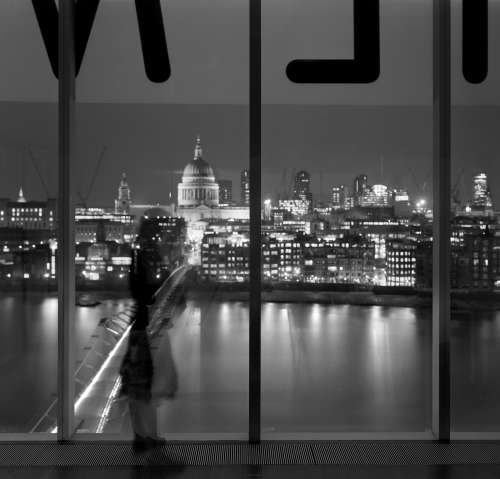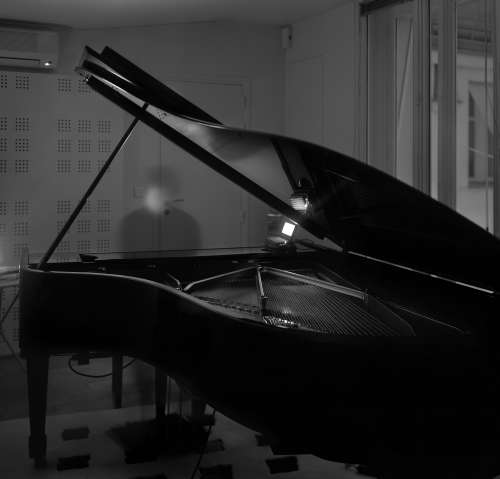Matthew Pillsbury
Works
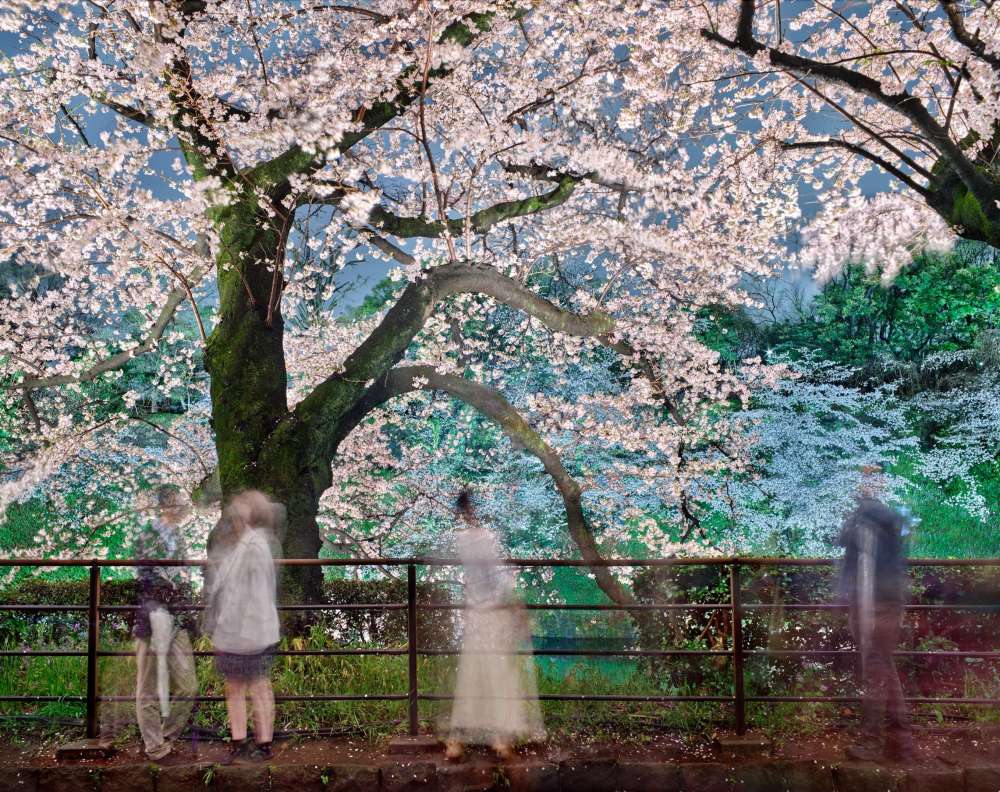 Matthew Pillsbury, Hanami #35, Chidorigafuchi, March 24th, 2023
Matthew Pillsbury, Hanami #35, Chidorigafuchi, March 24th, 2023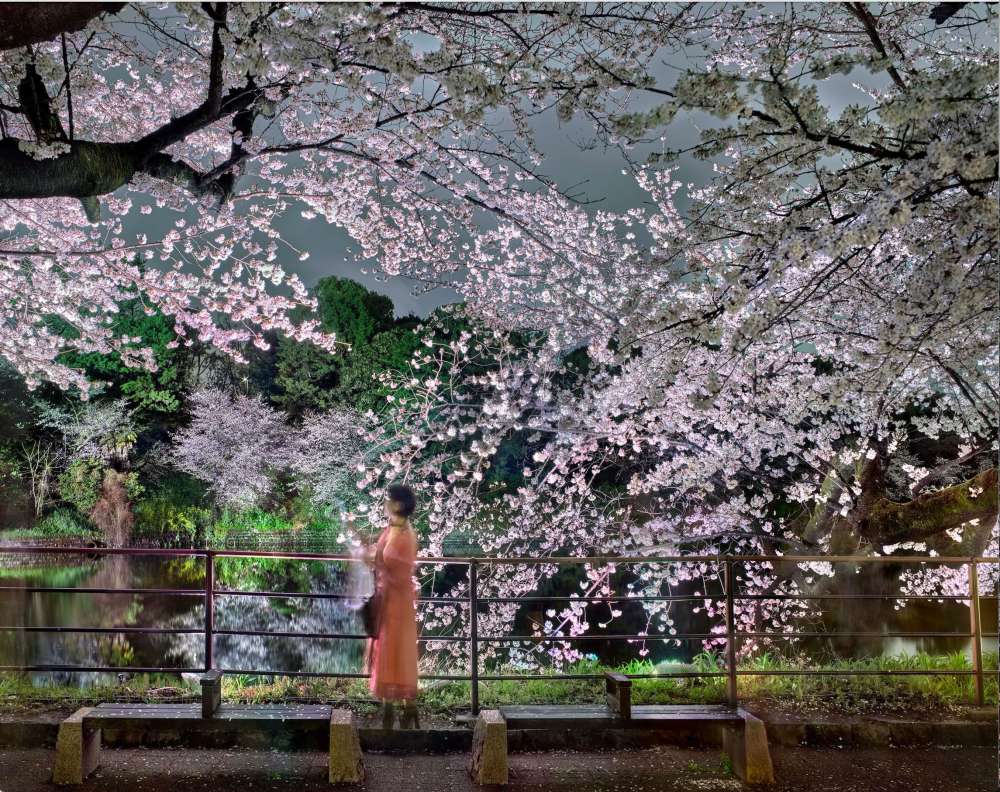 Matthew Pillsbury, Hanami #36, Chidorigafuchi, March 24th, 2023
Matthew Pillsbury, Hanami #36, Chidorigafuchi, March 24th, 2023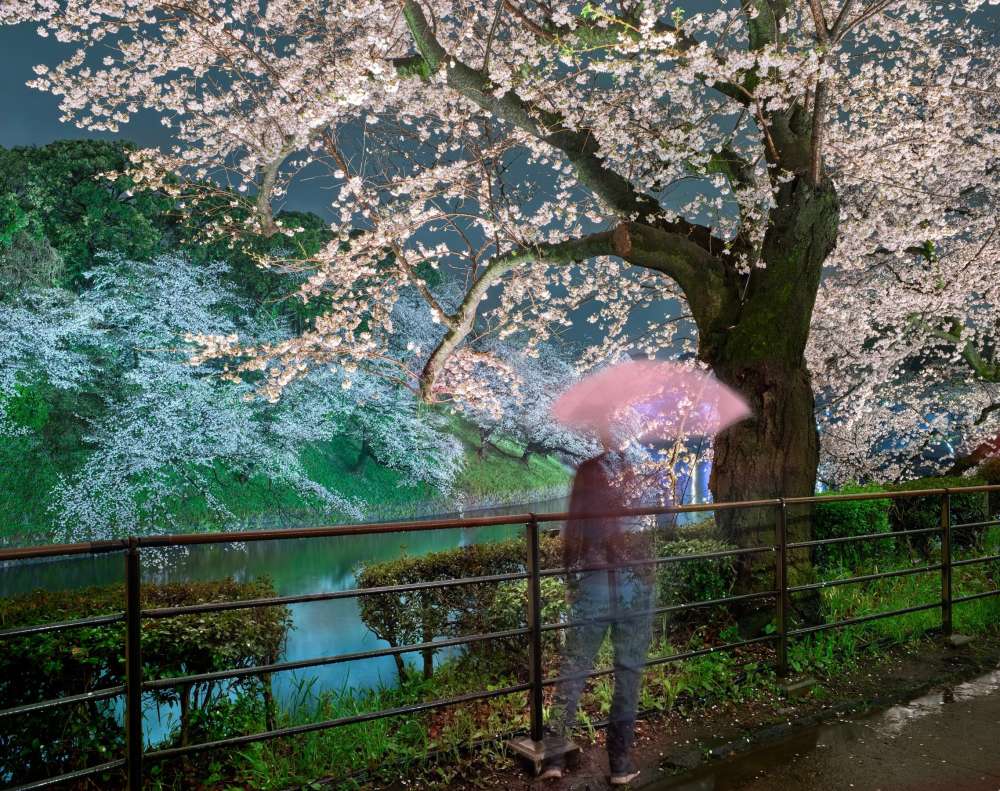 Matthew Pillsbury, Self portrait contemplating Hanami, 2023
Matthew Pillsbury, Self portrait contemplating Hanami, 2023 Matthew Pillsbury, Grand Palais des Glaces, Paris, 2014
Matthew Pillsbury, Grand Palais des Glaces, Paris, 2014 Matthew Pillsbury, Goya's Duchess of Alba, Goya Order & Disorder, Museum of Fine Arts Boston, 2014 (TV14685)
Matthew Pillsbury, Goya's Duchess of Alba, Goya Order & Disorder, Museum of Fine Arts Boston, 2014 (TV14685) Matthew Pillsbury, Morning Rave, Judson Memorial Church, 2014
Matthew Pillsbury, Morning Rave, Judson Memorial Church, 2014 Matthew Pillsbury, Vermeer’s The Art of Painting, Vienna Kuntsthistorisches Museum, 2014
Matthew Pillsbury, Vermeer’s The Art of Painting, Vienna Kuntsthistorisches Museum, 2014 Matthew Pillsbury, Goya’s Last Communion of Saint Joseph of Calasanz, Museum of Fine Art Boston, (TV14686), 2014
Matthew Pillsbury, Goya’s Last Communion of Saint Joseph of Calasanz, Museum of Fine Art Boston, (TV14686), 2014 Matthew Pillsbury, Jane’s Carousel, Brooklyn, New York, 2016
Matthew Pillsbury, Jane’s Carousel, Brooklyn, New York, 2016 Matthew Pillsbury, Unisphere, Queen, NY, 2016 (TV16056)
Matthew Pillsbury, Unisphere, Queen, NY, 2016 (TV16056) Matthew Pillsbury, Edgewater Beach #6, Cleveland 2017 (TV17026)
Matthew Pillsbury, Edgewater Beach #6, Cleveland 2017 (TV17026) Matthew Pillsbury, Subway Therapy 2, Union Square, New York City, December 3rd, 2016 (TV16078)
Matthew Pillsbury, Subway Therapy 2, Union Square, New York City, December 3rd, 2016 (TV16078)
Biography
Matthew Pillsbury Biography
French-American photographer Matthew Pillsbury (1973-present) specializes in taking photos with long exposure times, using only available light. Most of Matthew Pillsbury’s photography focuses on city life, the passage of time and the relationship between both the disconnect and unification modern technology summons. His most well-known series is titled Screen Lives, and focuses on how people interact (and are absorbed by) the screens that dominate their lives. The long-exposure photographs in Screen Lives primarily feature people watching television, using their computer, and staring into mobile devices. “With computers and cellphones the question became ‘What’s representative of your use of it?’” he has asked. For Matthew Pillsbury, his tech-focused photos are about far more than just exposing our reliance on gadgets: it’s an opportunity to get a surprisingly intimate look into the lives of people using them. “Seeing the pictures, I realized that something really magical had happened,” Matthew Pillsbury has said. “You had these familiar environments, and these familiar scenes, and yet, through seeing a long exposure of it, it was truly transformed into something that was magical and surprising.” However, an equal amount of Matthew Pillsbury’s photography focuses on much more than technology: some of his most compelling photos have been taken in public spaces such as the Louvre, Coney Island, and New York’s Astoria Park swimming pool.
Matthew Pillsbury was born in Neuilly, France and earned a Bachelor’s degree from Yale in 1994. In 2004, he received his MFA from the School of Visual Arts in New York, where Matthew Pillsbury currently resides. His artistic infatuation with technology began when he was a child in France, living with parents who did not own a television. “My parents didn’t, alas, have a TV,” the artists said. “So I would go over to my friends’ houses and watch TV with them. In a weird way that’s what I rebuilt in making these pictures. I’d become very interested in the time that we spend watching favorite TV shows, and how unaware we are of that.”
Matthew Pillsbury’s photography has been featured in the New York Times, and his monographs include Time Frame (2007) and City Stages (2013). His pictures have also appeared in The Photographers 2012 (2012), Myths and Realities (2012), Portrayal/ Betrayal (2012), The Games: Inspiring Images (2012), Visionaire Sixty: Religion (2011), Future Images (2009) and Ingenuity (2007).
Matthew Pillsbury’s photography is also included in more than 25 permanent collections across the United States, Canada and Europe, including the Museum of Modern Art, the Guggenheim, the Louvre, the Whitney Museum of American Art, the Museum of Fine Arts in Boston, the San Francisco Museum of Modern Art and the Tate Modern.
